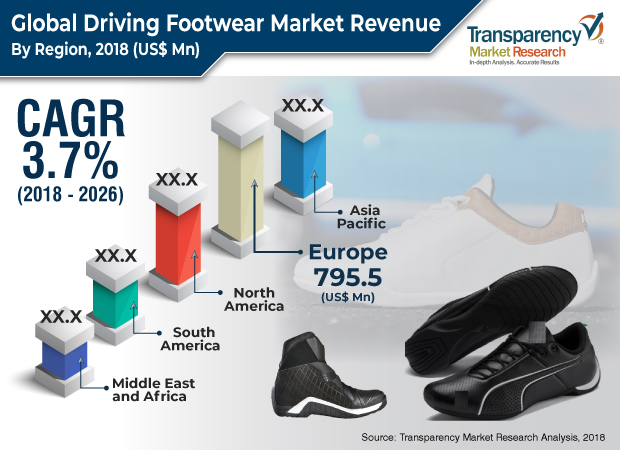
Across the globe, there is an increasing demand for sports bikes. In Asia Pacific, demand for sports bikes or super bikes is increasing in China and India. In India, major luxury motorcycle brands such as Ducati, Kawasaki, Triumph, and Harley-Davidson are increasing their sales. According to Society for Indian Automobile Manufacturers (SIAM), the overall sales of two-wheelers reached17.8 million units in 2012 -13 which increased at a CAGR of 5.8% to reach 25.0 million units in 2017-18.According to Motorcycle Industry Association (MCIA), the U.K., the number of sport/ tour motorcycle sales in the U.K. was 2,877 in November 2017 YTD, which increased by 7.4% to reach 3,091 in November 2018 YTD. The overall motorcycle sale in the U.K. in November 2017 YTD was 92,016 which increased 3.3% to reach 95,015 in 2018 YTD. In the U.K., the number of motorcycles in use was 1.24 million in 2014 which increased to 1.26 million in 2017. Thus motorcycle sales across Asia Pacific, European, and other countries are increasing the demand for driving footwear.
In the motorsports category, Formula One, owned by Formula One Group is one of the most popular motor racing sports globally. In the U.S., Formula One racing is expected to grow in popularity after U.S. based Liberty Media Corporation (LMC) acquired Formula One auto racing in January 2017. In 2016, consumers in the U.S. spent US$ 56 billion to attend sporting events and the spending is expected to grow in future. Formula One Group expects increased revenue for Formula One sports from ticket sales, advertising, and sponsorship in the U.S. in future. Asia Pacific countries are also seeing rising popularity of Formula One. Vietnam’s capital city Hanoi is expected to hold Formula One races for the first time from 2024. All these factors present a huge opportunity for growth of the driving footwear market in the U.S. and Vietnam. Thus, increasing penetration of motorsports in developing countries of Asia Pacific is expected to increase the demand for driving footwear.
The study provides a conclusive view of the global driving footwear market by segmenting it in terms of product type, material type, vehicle type, consumer group, and distribution channel. In terms of product type, the driving footwear market has been classified into boots, shoes, and others. The others category includes sneakers, training shoes, etc. Based on material type, the market is segmented into leather, synthetic, and natural fibers. Based on vehicle type, the market is segmented into two wheelers and four wheelers. Based on consumer group, the market is classified into men and women. Based on distribution channel, the market is segmented into online and offline.
E-commerce presents a huge opportunity for the growth of the driving footwear market. In general, the global footwear market is growing in single digits, but online sale of footwear including driving footwear is increasing in double digits. In China, which has the largest number of e-shoppers in the world, online sale of driving footwear is expected to grow at a very high rate. According to global driving footwear manufacturer Puma SE, by 2024, China is expected to hold 60.0% of the global e-commerce market followed by the U.S. with 17.0%.
Across the world there is a decrease in appetite for driving leather footwear such as leather boots and shoes. A major reason for the decrease in demand for leather footwear is that consumers have become ethically conscious shoppers and look for non-leather driving footwear for their needs.In 2014, the U.S. faced a drought, which caused herds of cattle to decrease, consequently yielding fewer hides, resulting in increase in price of hides. Driving footwear manufacturers and other footwear manufacturers turned to other non-leather material for footwear production. After the shortage of hides was over, these U.S. footwear manufacturers did not go back to use leather as a material. Rising popularity of driving footwear sneakers are also decreasing the demand for leather footwear. Sneakers are generally made of non-leather material.
The report highlights major companies operating in the global driving footwear market including Puma SE, Adidas AG, Alpinestars S.p.A, Dainese S.p.A, Fox Head Inc., SCOTT Sports SA, Lemans Corporation, Gianni Falco Srl, Sparco Spa and Piloti Inc.





